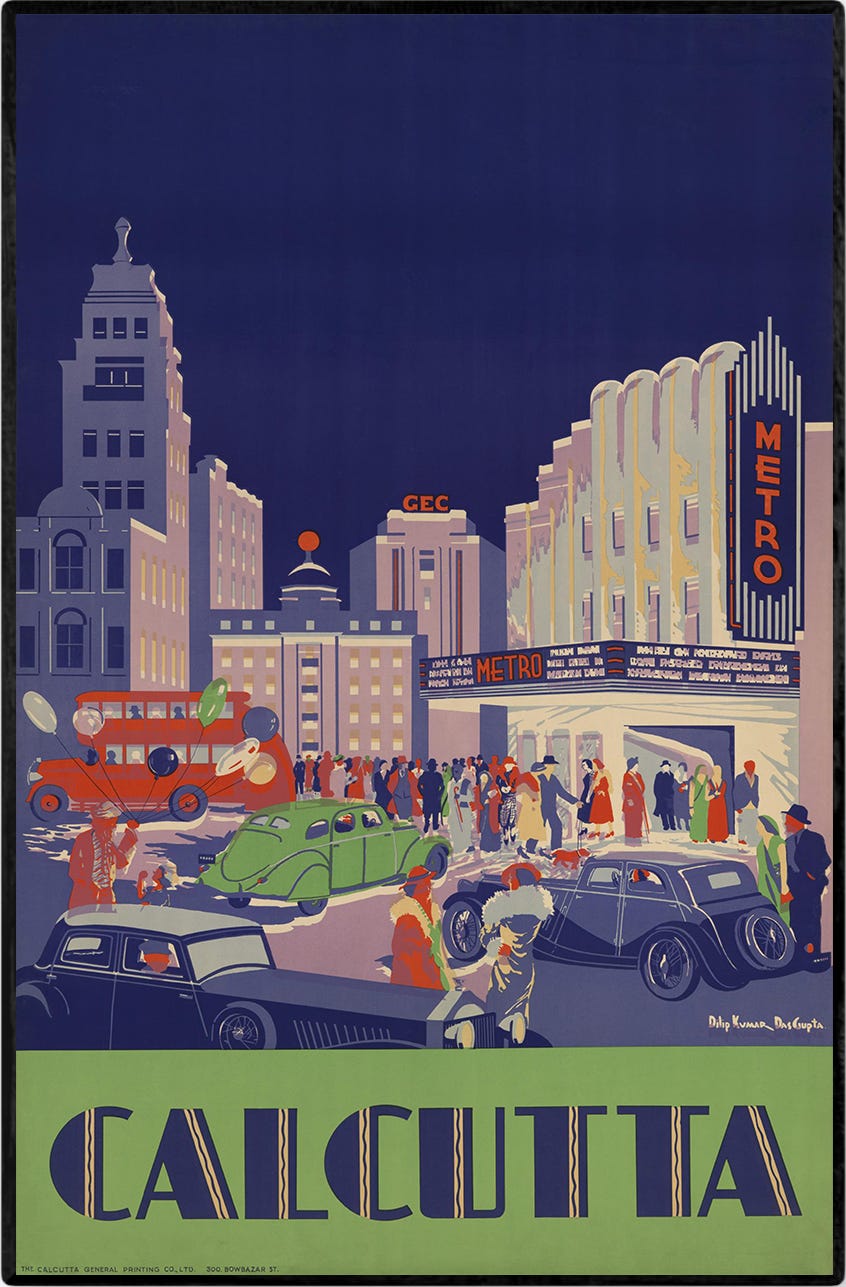Welcome to the Brown History Newsletter. If you’re enjoying this labour of love, please do consider becoming a paid subscriber. Your contribution would help pay the writers and illustrators and support this weekly publication. If you like to submit a writing piece, please send me a pitch by email at brownhistory1947@gmail.com.
Don’t forget to check out our SHOP and our Podcast.

The Forgotten Heroes of Fingerprint Science
Almost baffled by the dexterous prowess of Sherlock Holmes, the world often only attempts to credit Sir Conan Doyle’s protagonist to be a pioneer in the field of forensic science. However, if one recalls their literature well, Holmes from Baker Street is only a fictional character, painted in the most lucrative and intriguing way possible. It is futile to praise the work of fiction without accrediting the real life stories and heroes. Regrettably, the field of forensics often places an excessive emphasis on Western discoveries, erasing the contributions of other regions. Is it fair to attribute every groundbreaking find solely to the West?
Fingerprint identification is one of the most reliable methods of identifying and validating a fugitive. One of the first usage of fingerprints as an identification method was mentioned in Kautilya's “Arthashastra”, written 2300 years ago. Indians studied various patterns of the papillary lines, thousands of years ago. It is presumed that they knew about the persistency and individuality of fingerprints, which they used as signatures The Indian Sanskrit text of “Sariraka Shastra'' includes Vedic stanzas that describe how "Hasta SamudrikaShastra" (translated as “body knowledge of the hand”) or the body knowledge of the hand also describes 12 different finger patterns just like any modern fingerprint system.
During the Mughal Period, handprints were used as an official document. Emperors put their handprints or farman on prestigious proclamations or invitations as a sign of due respect, often accompanied by luxurious robes of honour. According to records from Rare Book Society of India, ‘Farman is of supreme legal significance’. However, its use was only limited to political and social frameworks and not associated with criminal proceedings.
A British Indian Civil Service officer William Herschel in 1916, published a book titled, “THE ORIGIN OF FINGER-PRINTING” where he explains the use of fingerprints on contracts when he was stationed at Jangipur around 1858. His findings correlate with the later more amorphous and widely accepted system, i.e ‘fingerprints possess a strict individuality and a stubborn persistence of the patterns on our fingers’. Herschel however did not mention any legal use of fingerprints in Forensic Science until the publication of his book.

The actual significance of fingerprints as a proper method of identification can be timed precisely around the same time period, in the four walls of a 400sq ft room in Writer’s Buildings in Calcutta. In that room sat Edward Henry, inspector general of police in lower provinces of Bengal, whose contribution unerringly stood out in the history of criminal investigation. Much before DNA analysis ever came into play, “The Henry Classification” is the pioneer of such criminal proceedings, such that even after 125 years of genesis, it continues to be one of the classical ways of identifications. But why is this widely accepted scientific theory referred to as 'The Henry Classification' when it owes its existence to the indispensable contribution of two Bengali sub-inspectors without whom it would have remained obscured?





